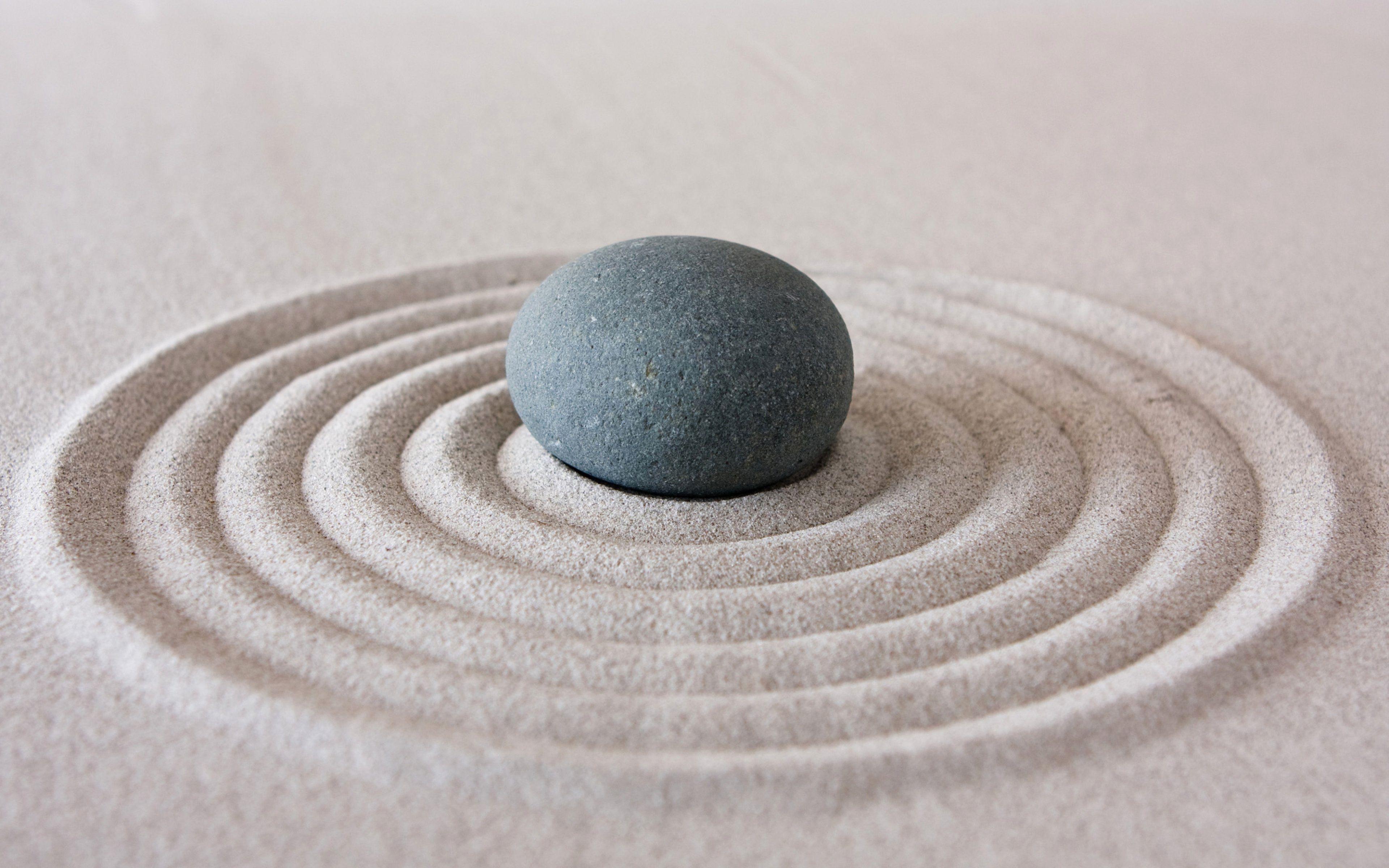

The famous Chinese painter and poet Wang Wei, while often associated with Chan, was not a Buddhist monk at all, but a government official. There is also, however, Buddhist poetry in this style written by monks who were not members of Zen sects, notably Saigyo and Ippen in Japan. These poems often included references to esoteric Buddhist and Taoist practices as well. There are a number of famous Zen poets-including Ryokan, Ikkyu, and Basho-whose poetry utilized Zen imagery, particularly references to nature, as well as allusions to historic Zen figures and places. Like painting, poetry was also believed to display an awareness of Zen realization. The 18th-century Rinzai Zen master Hakuin was among many well-known Zen painters. Painting itself can be an expression of Zen principles in a visual medium. It can symbolize enlightenment, or it can symbolize the moon, which is itself a symbol of enlightenment-as in the Zen saying, "Do not mistake the finger pointing at the moon for the moon itself." (In other words, do not mistake doctrines, teachings, or explanations, which are intended to guide one toward enlightenment, for enlightenment itself.) All things might be contained within, or, conversely, excluded by its boundaries. It can symbolize emptiness or fullness, presence or absence. An enso might seem simple to draw but only a few painters are known for their excellent enso, which are said to represent their mastery of Zen. It may be a perfect circle, or it may be imperfect in some way.

It may be large, painted with a broad vigorous stoke, or it may be narrow and refined. The enso is a circle drawn in a single brush stroke. The enso, for example, is a symbol that is often used to represent Zen.

(In this section, for simplicity's sake, the term Zen often includes Chan). Ensure the idol is not under the ladder as it can become a Vastu defect.Zen shares many symbols with other forms of Buddhism, but there are a few that are unique to Zen. Avoid placing it near electrical outlets or equipment or on a shoe rack. Avoid Buddha statues in the bedroom, bathroom or kitchen.Light incense sticks or candles to purify the air around the idol. Always keep the area around the idol clean.Please do not place the idol where one's feet are pointing towards it. Keep the Buddha at or above eye level.

You can also set it on red cloth or paper, as feng shui considers red to symbolise good luck and protection. The idol can be placed on a marble slab, altar table, stone base or small mat.According to Vastu of house, never keep the idol of Lord Buddha directly on the floor or in the safe.To bring prosperity to the family, keep it in the southeast direction.ĭo's and Don'ts of Buddha Statues for Home Vastu Make sure the idol is facing inside the room. Or place it on a corner table, diagonally opposite or towards the main door, to activate the energy entering through the house's main entrance and clear the unwanted energies. For good luck, keep it in the east direction.
ZEN SYMBOL INSTALL
Although it is a symbol of Feng Shui, it is also encouraged by the practitioners of Vastu Shastra to install a Laughing Buddha statue in the home. The Laughing Buddha statue prevalent in most homes reminds us to remove obstacles and be happy in life. It is believed that he was a 10th-century Chinese monk named Budai.


 0 kommentar(er)
0 kommentar(er)
